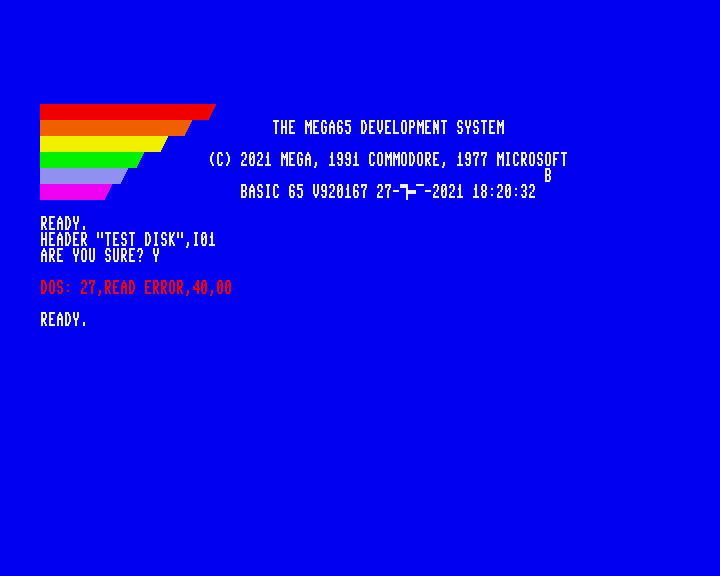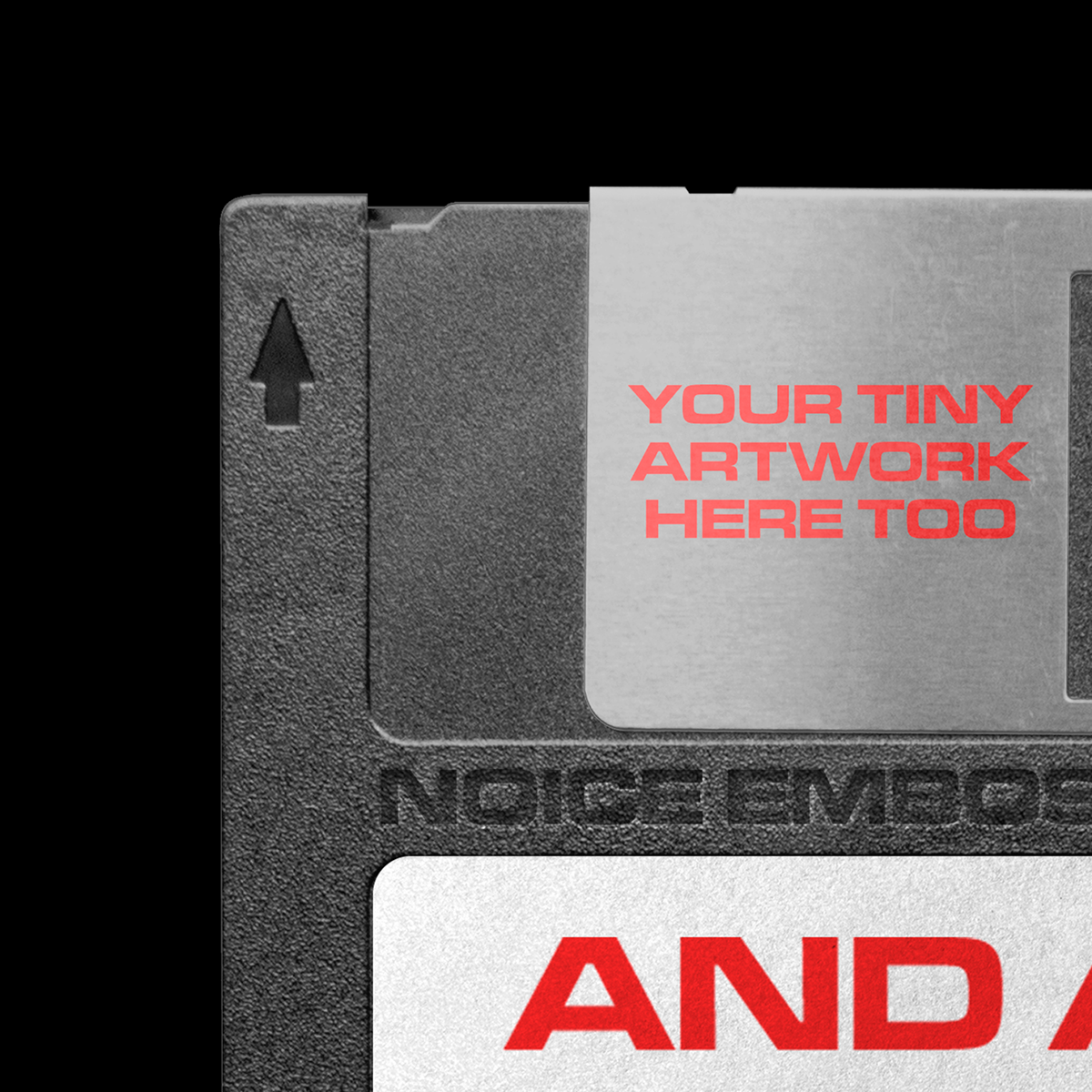

Remember, when you format a disk, any existing information contained on the disk is lost. Give the name of the "drive letter" as an argument of the disk to be formatted. To format a floppy disk for DOS, writing an empty MS-DOS filesystem to the disk in the process, use mformat, which is in the mtools package: aptitude install mtools Then format the floppy: mkfs.msdos /dev/fd0 mke2fs /dev/fd0įirst, you will need to install the dosfstools package: aptitude install dosfstools If you want a blank Linux formatted floppy, then you can use the command mke2fs. If you are using the second floppy drive, then just replace /dev/fd0 with /dev/fd1 in these instructions. The first floppy drive in Linux is /dev/fd0 and the second one is /dev/fd1. The Sony variant of the 2" floppy, never actually used in PCs as far as we know, could store 812KB and transfer data at 14.3 Mbs, which was vastly faster than standard floppies which are in the sub-Mbs range (250kbs and up).In Linux, you can format a floppy disk as a DOS disk or a Linux disk. The Zenith drive used the same disk controller interface as for a 3 1/2" floppy drive, and the capacity was the same: 1MB unformatted (720KB formatted, presumably, although the Infoworld article says '760 megabytes'!). This latter type was used by the Zenith Minisport laptop, 1989.įrom a picture at it looks like Fuji was one second-source for the Matsushita/Panasonic floppies (Fuji Film LT-1 floppies), unless the Infoworld article is inaccurate about the origin of the Zenith floppy. One by Sony, the other by Matsushita, who owns Panasonic.

One model was a Canon 'Video Floppy Disk' called VF-50.Īt least two (also incompatible) variants were developed for PC usage, according to InfoWorld Magazine, J(and they got that info from Dave Sewall, business manager for diskettes at 3M Corp at the time). They were mostly used in Japanese digital video cameras and some word processors.

These floppies had a rigid case like 3 1/2" floppies, only smaller. Among those were Amstrad, in the early Amstrad PCW models before 1991 (when they switched to the by then industry standard 3 1/2" format). MaxFormat determines the type and number of floppy. This did lead to some confusion with people referring to these as hard disks.Ī few vendors tried out a 3" floppy disk format. The DMF (1.68MB) format is often used for distribution floppies under Windows 95/98/Me and Windows NT/2000. While encased in a hard shell, they still had the same flexible media type of prior diskettes. Without the /u (unconditional) the system does the usual WinDoze thing, tries to be clever, checks that the disk is already formatted. The original Mac was the first mainstream machine to ship with the 3 1/2" floppy disk, with a formatted capacity of 400KB as it was single sided.


 0 kommentar(er)
0 kommentar(er)
